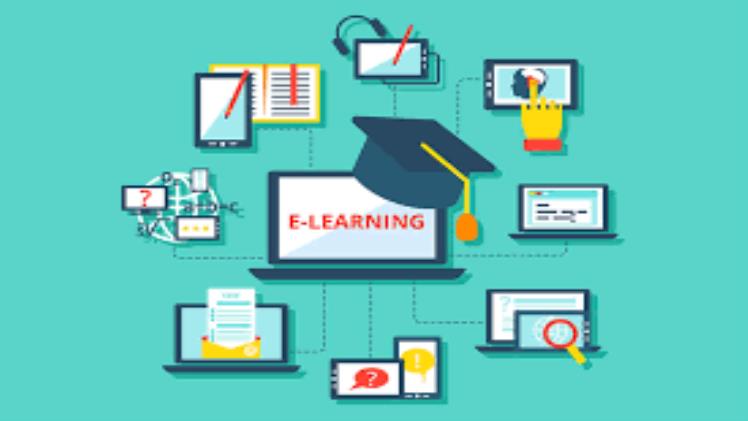Educational Technology and Its Role in Teaching and Learning

Educational technology can be leveraged to enhance learning in many ways. It helps students deepen their understanding of a subject matter, create and share online work, enhance communication and collaboration, as well as prepare them for the workforce.
1. Educational technology can enhance teaching and learning when it is properly designed, implemented, and evaluated.
Educational technology differs from the traditional classroom model in that it provides high-quality reading and math materials, ample practice opportunities, and captivating content. It also enables teachers to use these materials creatively. Through early grades, learners may excel at foundational skills like basic literacy and numeracy by age 10.
2. It can help bridge the digital divide if educators, learners, and policymakers recognize its potential to accelerate learning and address gaps in access to educational technology.
Around the world, educators, parents, and students are using educational technology in a variety of ways to facilitate learning. However, there is still room for improvement when it comes to how these technologies can best be employed to teach and learn.
3. It can be more beneficial for students to have their lessons taught by a qualified educator than simply watching a video of the same lesson.
Educators can offer learners the chance to receive live lessons from a qualified teacher through teleconferencing or broadcasting them to learners in remote locations. Furthermore, they may distribute hardware preloaded with educational materials as an added convenience.
4. It can be utilized to assist students in honing their reading and mathematics skills at home by offering practice exercises.
Studies have demonstrated that practice exercises, particularly games and simulations, can improve student math scores. One such study found that a preschool math program in Cordillera, Paraguay saw its students’ math scores improve by 0.16 SDs after five months of intervention.
5. It can also be utilized to promote collaboration between teachers and students.
Teachers with real-time access to their students can provide extra support and assistance for struggling learners. They can communicate with them to answer questions, offer extra help in difficult subjects, and share their expertise as educators.
6. It can be utilized to create a blended learning environment for students.
As technology continues to progress, educators are searching for ways to personalize their students’ education with appropriate tools. They want to create learning environments that are enjoyable and relevant, as well as utilize technology for formative and summative assessments.
7. Digital media can be utilized to boost students’ engagement and motivation.
As a technology-enabled tool, digital media offers students an opportunity to interact with their peers and teachers in new ways that will enrich their learning experiences and instill a lifelong passion for education.
With the implementation of COVID-19, educators must consider how educational technology can be integrated into their classes and guarantee all students have access to necessary tools for success. There are various ways that educators can incorporate technology into their classes, such as creating a virtual classroom, using videoconferencing, or providing access to online textbooks.
